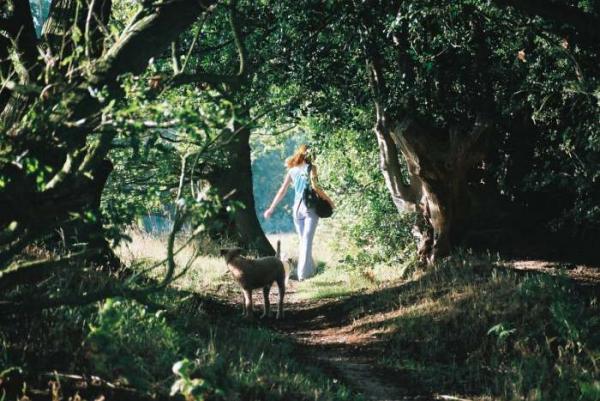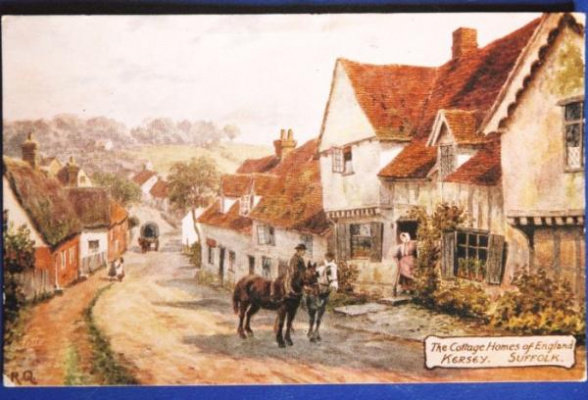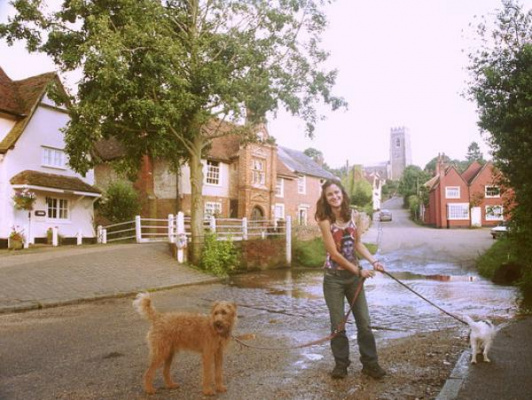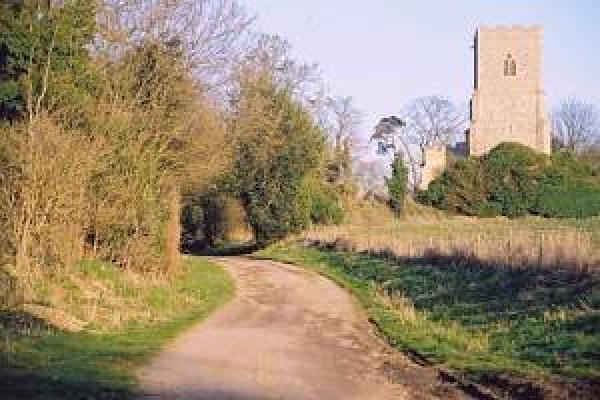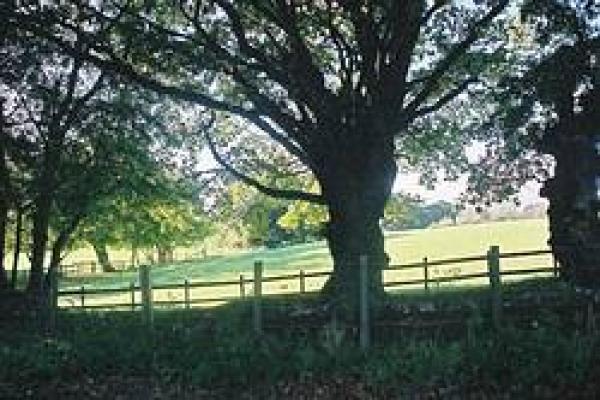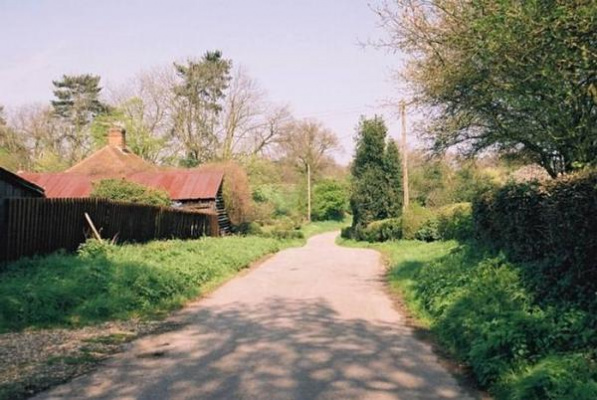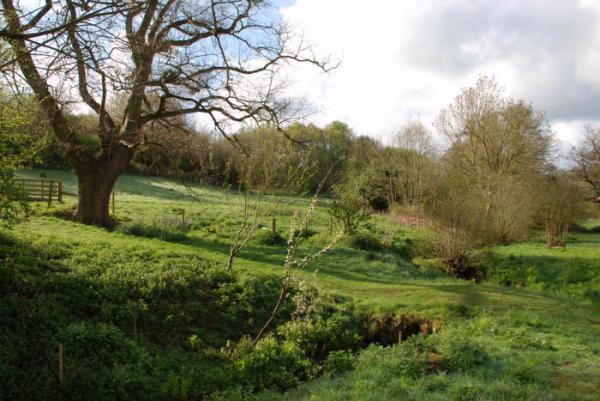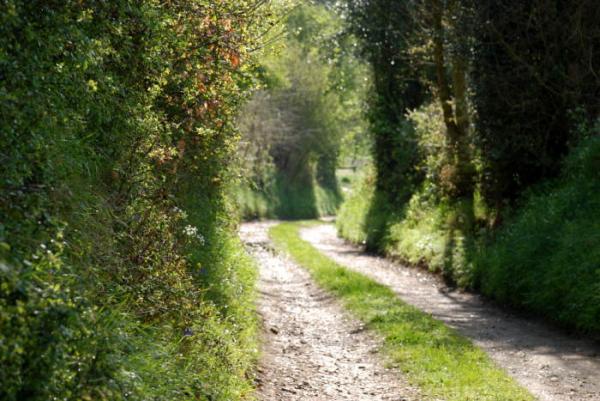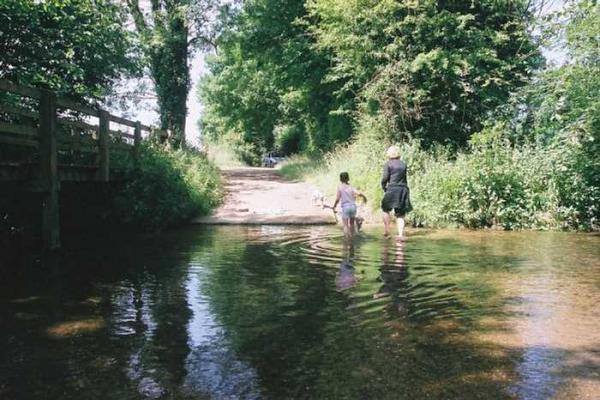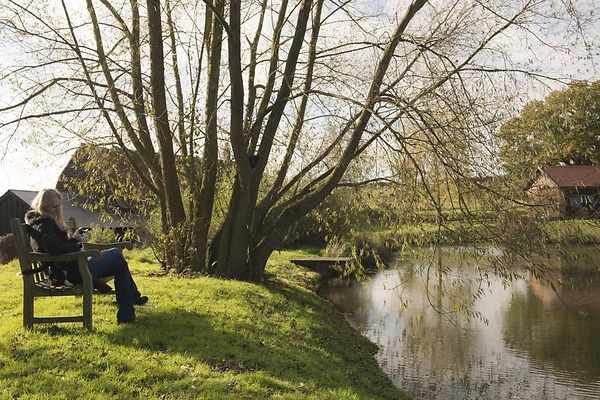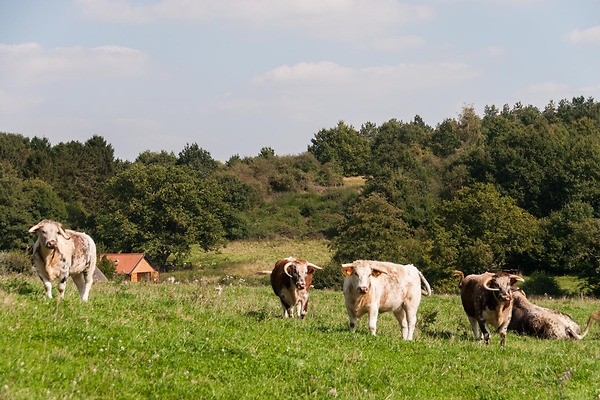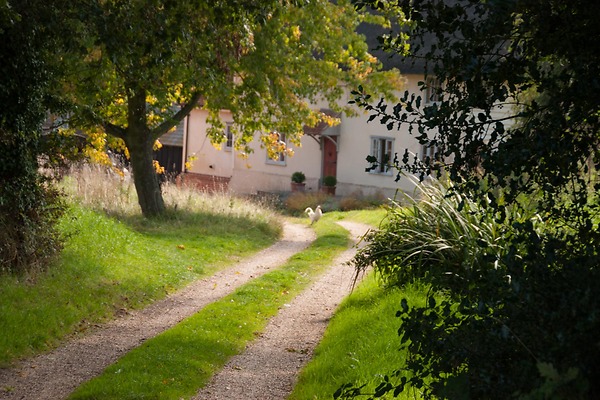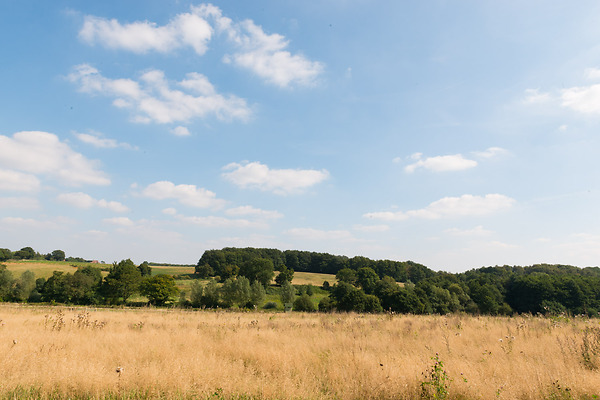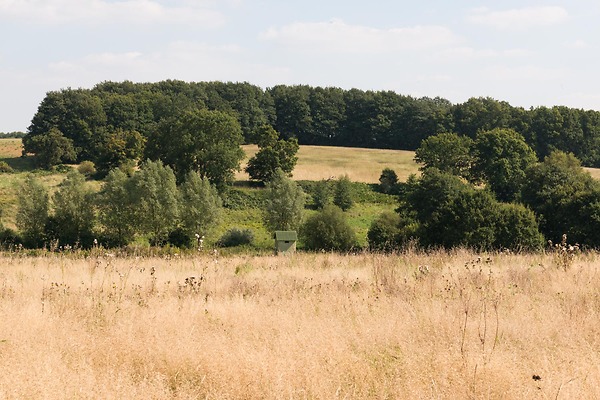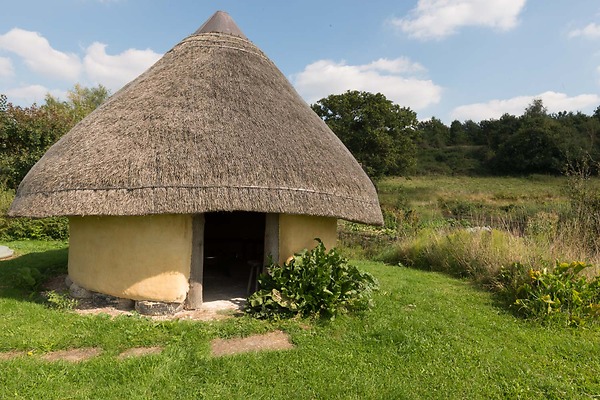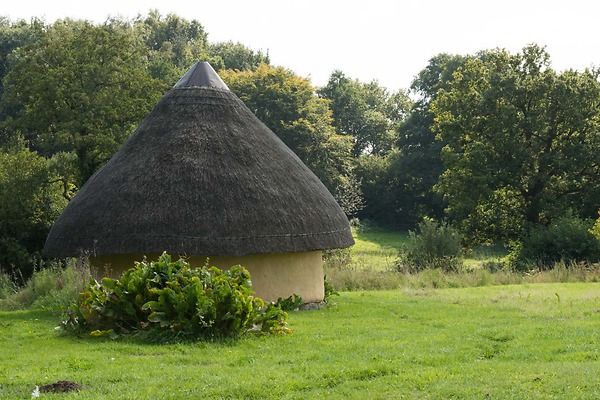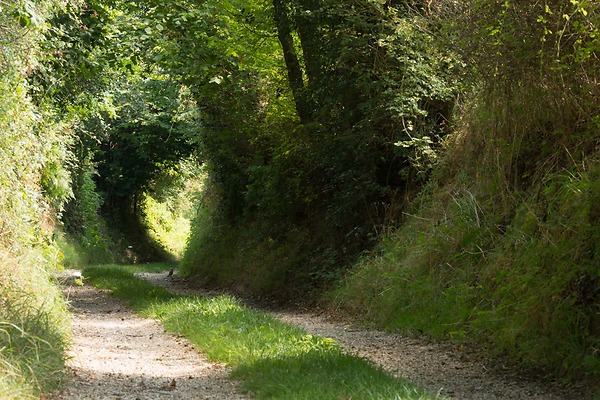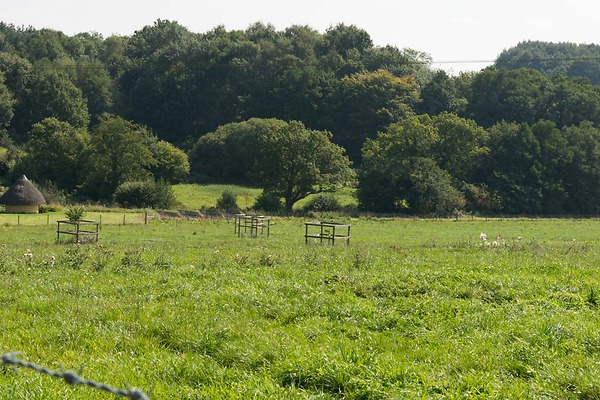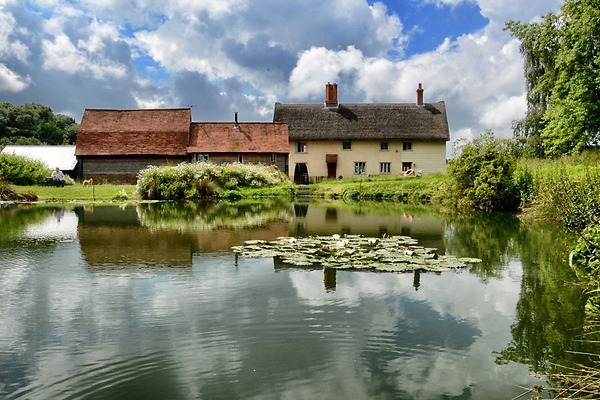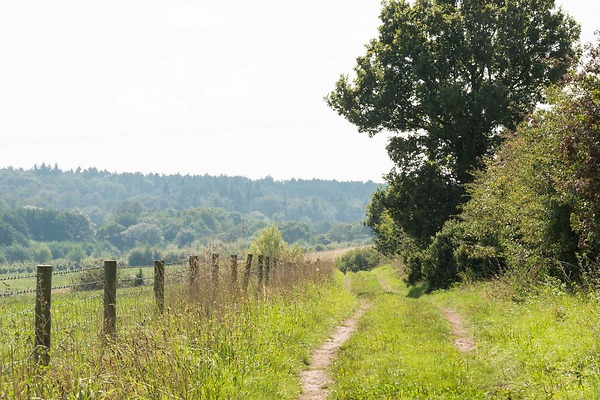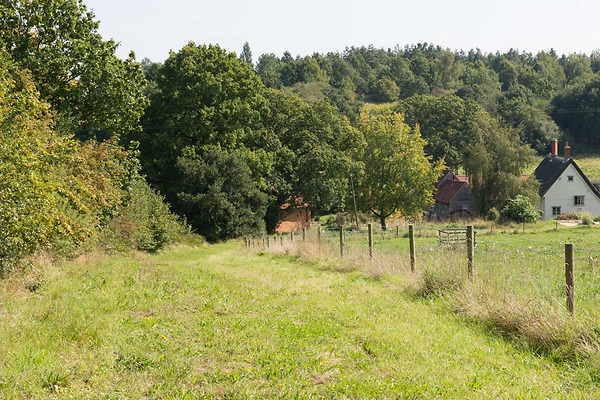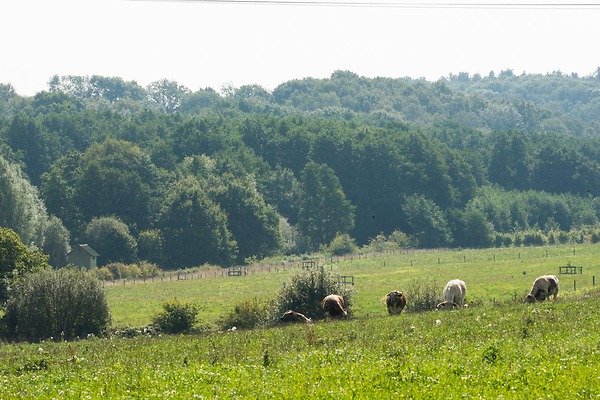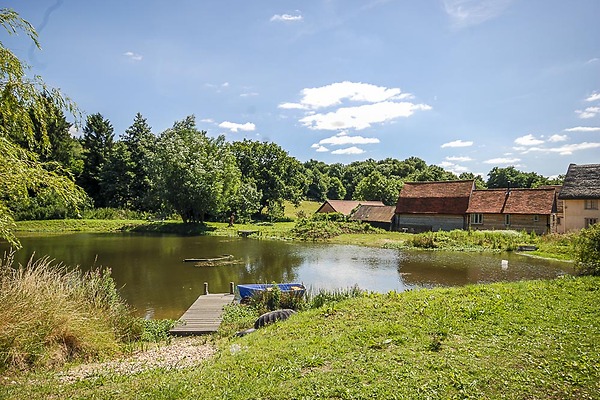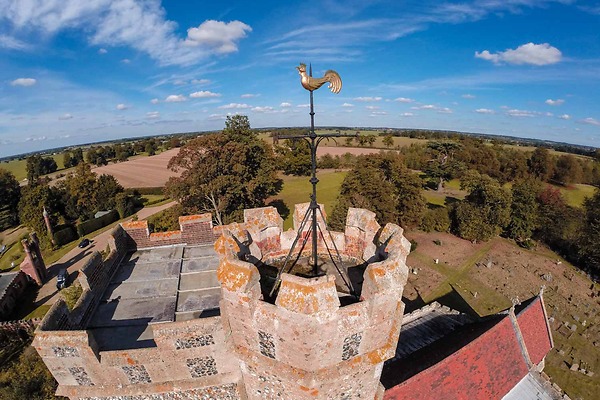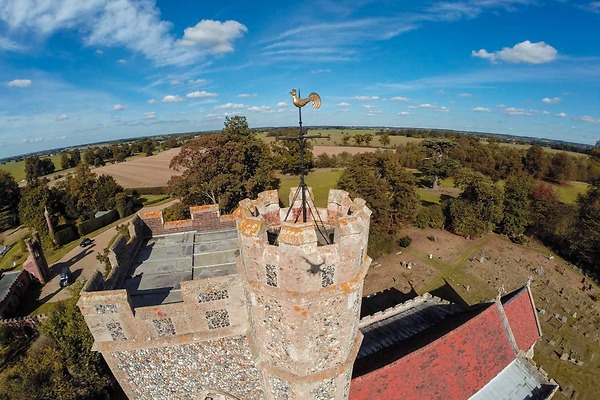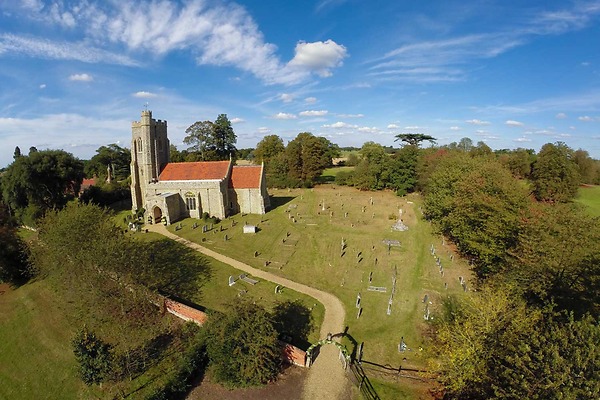
Discover: Assington
Mill Cottage is on the edge of Constable Country, with many beautiful Suffolk villages in easy reach, such as Boxford, Kersey, Lavenham, Long Melford, Dedham, Flatford and Hadleigh. Roman Colchester is ten miles away, historic Sudbury is about six miles away, with its interesting market. Cambridge and Bury St Edmunds are within striking distance.
Where to eat
The local pub is The Shoulder of Mutton which is a popular pub with traditional food, it is walking distance from Mill Cottage passing by the local Farm Shop where ther is also a cafe.
There are also some excellent gastro pubs in Nayland: The Anchor, and Stoke by Nayland: The Crown and the Angel, Lavenham: The Swan and in Long Melford: Scutchers which is another first class restaurant.
Close by at Stoke by Nayland Golf Club there is a good restaurant together with 2 pay and play golf courses and full health club facilities.
From the owners..
Here at Assington Mill, we can offer an unusually wide variety of different experiences: Badger watching (Bob has spent most of his life studying them) There are plenty of interesting walks, which we will show you, including a lovely one taking you to The Wormington Dragon. It is possible to borrow bicycles to explore the extensive networks of cycle tracks.
Castle Hedingham is nearby with its Norman Motte and Bailey. The Moat is one of the finest still standing in Europe. Roman Colchester Castle has a good museum. Kentwell Hall at Long Melford has been carefully restored over many years and specialises in Tudor re-enactments. Melford Hall run by The National Trust often open to the public.
Essex and Suffolk contain more listed buildings than most counties. Bob will be happy to point out all the special places nearby.
The River Stour (of Constable fame) flows into the estuary at Brantham and from there it runs past Manningtree (about 30 mins away by car), a charming seaside village, and Mistley, once the home of the Witch-finder General, where there is a vegetarian cafe on the quayside overlooking the river. Further down is Harwich, an unusual survival of an 18th century town, which has some good pubs and a well-known restaurant, the Pier, which is right on the quay. From the quay, you can take ferry boat trips to Shotley and Felixstowe, Britain’s largest container port. On the way to Harwich, you can visit the secret wartime bunker at Mistley.
There are sea trips on offer from Orford, home of the wonderful fish-smokery (a definite must for those who like seafood), and to Havergate Island, where there is a large flock of avocets. Minsmere, one of the best RSPB reserves, is not far away on the east coast, and also Welney, in the fens.
Art galleries: to be found in Lavenham, Long Melford, Colchester (the Minories), Cambridge and the Constable exhibition at Flatford Mill on the River Stour.
There are theatres in Sudbuy (The Quay), Colchester (the Mercury), Ipswich (the Wolseley) and an exciting 18th century theatre in Bury St Edmunds (The Theatre Royal). Apart from the usual cinemas there are special screenings in Polstead (3 miles) and Flicks in the Stix at Hadleigh, and an Arts Cinema in Cambridge.
We are very fortunate to have regular and nationally well-known jazz evenings at The Fleece in Nayland.
Classical music is freely available, especially choral music, and there is an annual Suffolk Villages Early Music Festival in the summer, which takes place in churches within five miles of here, and features international artists. The best free show, in our opinion, can be found at the choral evensongs in the Cambridge Colleges. Bob has spent a lot of his time singing, so can easily help you find concerts locally. Snape Maltings, home of Benjamin Britten, also has a well-known festival and is about an hour by car from here. There is also a craft centre and a good pub there, together with some lovely walks along the river.
Suffolk is an excellent place for a church-crawl and most of them are kept open during the day. We can lend you the “Thousand Best Churches” and Pevsner’s guides to help you choose which to visit.
About Suffolk
In Charles Dickens’s days, boys living in Scotland and here in East Anglia would be allowed to leave boarding school a day early because it took so long to get back home to those places.
Even though we are just 60 miles from London, this area was always very inaccessible and remained so until very recent times.
Now the local mainline train journey to London is a mere 45 minutes and a car journey takes about an hour and a half.
But still Suffolk has retained an unusually strong independent rural atmosphere and one of the great joys of the area are the beautiful little hamlets that even locals get lost getting to though the meandering ‘spiders web’ of tiny lanes and byroads
History
Many of these Suffolk villages are wonderfully preserved in their medieval origins, our local village of Lavenham being a fantastic example.
The area is very rich in History from the Saxon treasure of Sutton Hoo and the rebel Queen Bodicea who defeated the Romans, right up to the many expeditions of Settlers leaving for America – in fact the First Governor of Massachusetts came from this tiny hamlet of Edwardstone when I am based at The Old Grove Farm.
The landscape and the Architectural beauty of the area has long inspired Artists to work and move here. The greatest English landscape painter John Constable painted all his famous masterpieces along the Stour which is just 5 miles from The Grove Cottages. His work undoubtedly created this landscape as the quintessential English Landscape, which is one reason why visitors to the area feel so at home.
Flatford Mill where many of Constables most well known works of art such as ‘The Haywain’ were painted is now a National Trust area devoted to this artist and preserving his memory and the area he made so famous.
The Great Portrait painter Thomas Gainsborough lived in Sudbury which is the closest town to us and it is a real pleasure to visit his home which is now a very interesting museum and exciting showplace for local artists and events, it also has a wonderful print making workshop where courses on all kinds of printmaking are constantly held and very much sought after.
The great artist Sir Alfred Munnings, famous for his portraits of Rural Suffolk Life lived and had his studio close to the river Stour at Dedham and these are now an interesting museum devoted to him and his works of art.
The Suffolk Coast
Noteable destinations are Pin Mill, Nacton, Frinton, Dunwich, Aldeburgh & Southwold.
Below is a recent article about the Suffolk Coast.
Joanna Symons, Telegraph Travel Newspaper.
‘Popular though the Lake District and West Country are as tourist destinations, they can be rather damp. If you want to reduce the risk of a rainy holiday, statistics show that you should head east.
Suffolk for instance, had only about a third as much rainfall as the Lake District last summer. It also happens to have one of the loveliest stretches of coastline in Britain.
The Met office regional statistics per annum.
The Lake District Suffolk
Rain fall 2300 – 3900mm 600 – 660 mm
A bit more from the owners..
- A wonderful ground source heat pump for the under-floor heating and hot water
- Sheepswool for insulation
- Lime products rather than cement
- Lime plaster
- Limewash
- Linseed paint for the joinery
- Cedar weatherboarding
- Hand-made plain tiles
- Locally-made terracotta pamments on the ground floor

